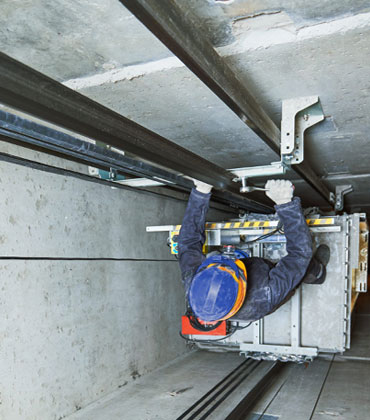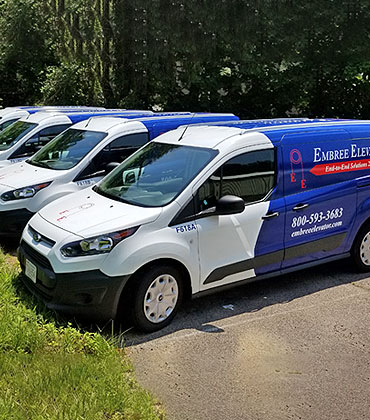Greater Boston’s Premier Elevator Service Company
At Embree Elevator, we have been serving customers in Eastern Massachusetts and Southern New Hampshire for over 90 years.

Our Commercial Elevator Services
Our Commitment to Excellence
At Embree Elevator, we have been serving customers in Eastern Massachusetts and Southern New Hampshire for over 90 years. Our fully licensed and insured technicians are available on a 24 hour 7 day per week basis, so help is always just a phone call away. From maintenance programs to safety testing to system modernization, Embree Elevator pledges to meet all your elevator needs. Our trained professionals average over 20 years experience in the service and repair of elevator systems.

Celebrating 90 Years of Service
1933 -2023



